Advice and support
If you own an ancient wood, we can guide you through the restoration process.
Find out more and contact usDavid Ward, a retired telecommunications engineer, bought a four acre ancient woodland in 2014. With limited knowledge and experience, he turned to Woodland Trust’s adviser Robin Ridley.
Video length: 00:04:07
>> David Ward, ancient woodland owner: Well I'm David Ward and we're in South Yorkshire in my little four acres of woodland.
I saw a programme on TV, I think it was George Clark’s Amazing Spaces, and there was a young guy who had bought a piece of woodland in the Lake District, so I started looking into it, doing some research on the internet, and discovered that there were agents selling small parcels of woodland which were affordable for people with a few savings, so that’s where I started.
When I got here, I had no knowledge of woodland management or purchasing or what I should be looking for. I just came and it was a lovely spring morning. I sat with a cup of coffee and there was a little robin fluttering about, and I thought ‘this is fantastic’. Half of it is a sycamore plantation that’s about 40 years old, which has not been thinned and so the trees are competing with each other now, so I thought that was a good starting point, if I could clear some of the bramble and bracken and maybe start replanting a few different species of trees in here.
I was already a member of the Woodland Trust but I didn’t know they were doing this sort of project work which is to help small woodland owners like myself to re-establish the wood into a better state of affairs, and seeing as I knew nothing at all about woodland management, it seemed a great idea.
Well, when Robin first came, we spent probably about an hour just walking round the woods. Robin took some notes, went away and did the report. That was incredibly useful to me as a starting point for my longer-term management.
>> Robin Ridley, ancient woodland restoration project officer: So, the first thing to do is just have a chat with the owner on the site and get to understand what they would like out of their woodland and then trying to tailor any recommendations for management that fits in with that. I think for small woodland owners with their low knowledge threshold, it’s made a significant difference because it’s given them the tools of information that on their particular landholding that they would have struggled to have got from elsewhere.
>> David Ward: It was very dark and overgrown three years ago, but the areas that I’ve been able to work on are lighter. The response from bluebells and wood anemones in particular is incredible in spring. Tree diseases, I’ve just discovered the ash dieback this year. They are a fantastic species and I’ll be really sad to see those go, so I’m hoping that some of those will prove to be resilient to the disease.
I’m really, really grateful to the Woodland Trust, and Robin in particular really has helped me and I would love that project to continue. Actually, to have somebody who knows something about it kind of holding your hand is incredible, you know. The understanding I’ve got now of ancient woodland and the importance of it has really come from the Woodland Trust.
My plan for the woodland is basically to pass it on in a better state than when I took it. I would say, you know, embrace the principles that the Woodland Trust are advocating. It’s sound advice and sound knowledge and anything that you feel you can do to restore it to a more semi-natural place I think is worthwhile; basically helping us to keep what small amount of woodland, you know, ancient woodland, that we still have in this country.
Our support was possible thanks to funding from the National Lottery Heritage Fund as part of a five year project (2013-2017) to help landowners across the UK to restore ancient woodland on their land. Read a summary of the project's evaluation.
If you own an ancient wood, we can guide you through the restoration process.
Find out more and contact us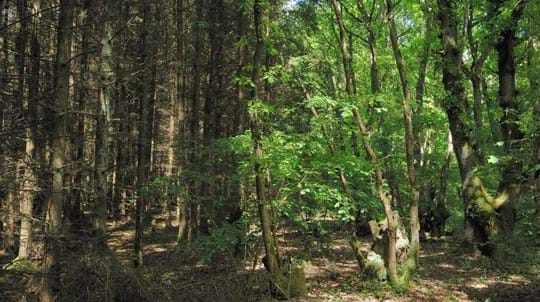
Protecting trees and woods
Find out how our restoration work is encouraging ancient woodland to recover and reverse years of decline.
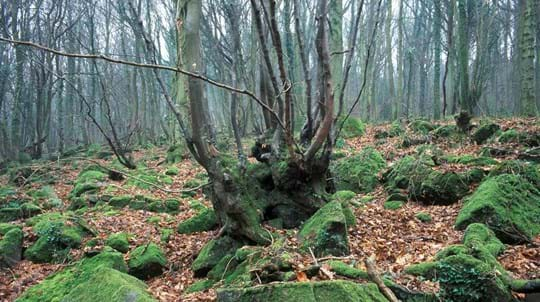
Protecting trees and woods
Think your wood could be ancient? Check our tips on what to look for on site and the historical records that could help.
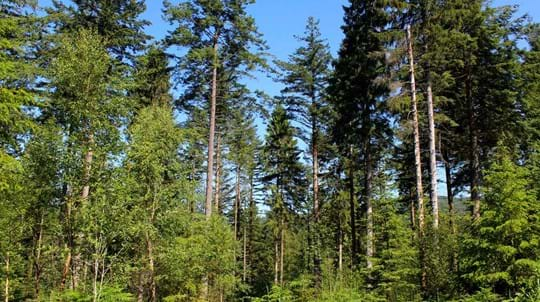
Protecting trees and woods
Discover how we restore and maximise the ecological integrity and resilience of these incredibly special places.
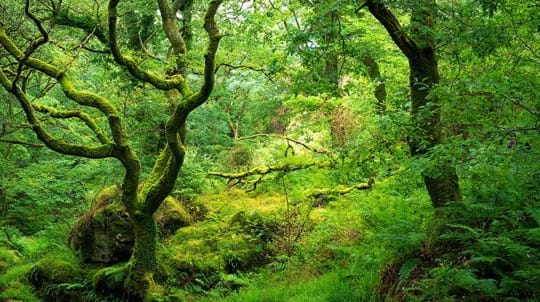
Trees woods and wildlife
Home to myth and legend, where folk tales began. It fuelled our ancestors and still houses thousands of species. Ancient woodland has grown and adapted with native wildlife, yet what remains only covers 2.5% of the UK.
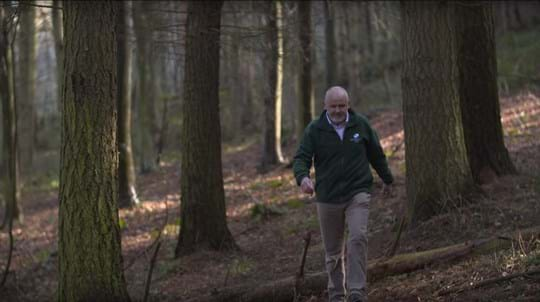
Video
00:06:58
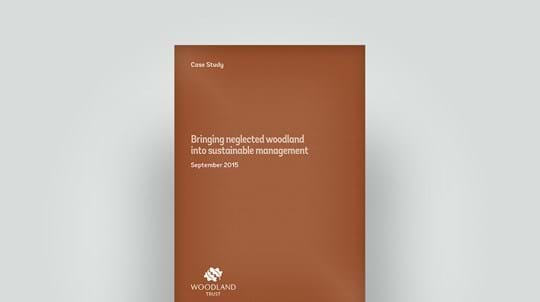
Case study
PDF (737 KB)
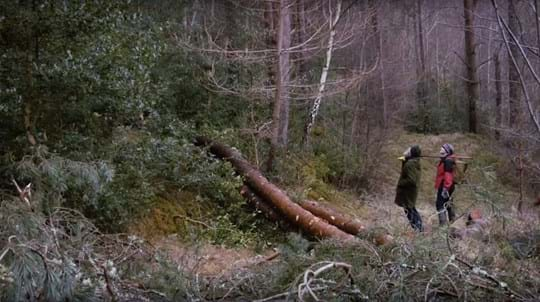
Video
00:03:37
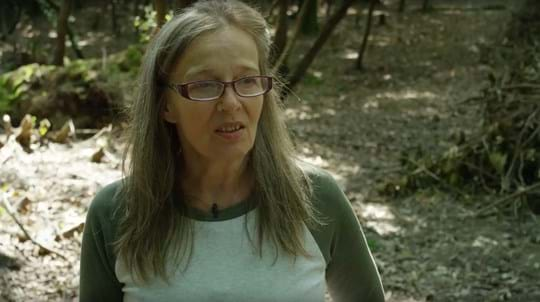
Video
00:02:40
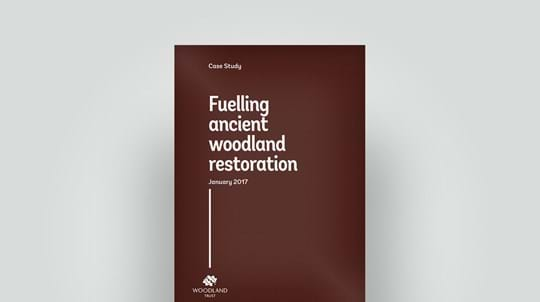
Case study
PDF (5.11 MB)
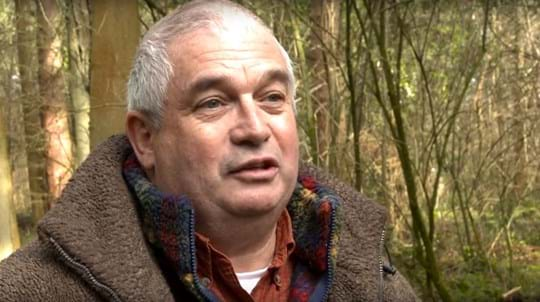
Video
00:05:09
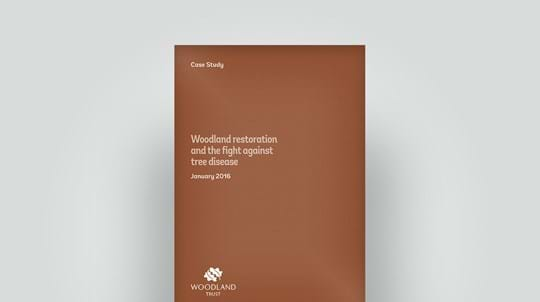
Case study
PDF (650 KB)
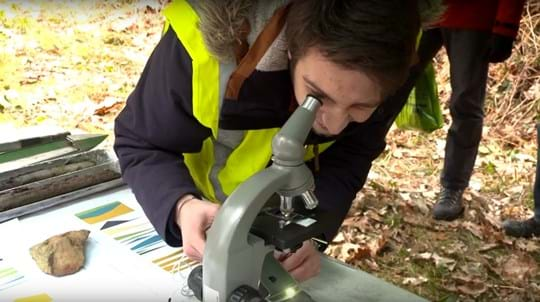
Video
00:06:35
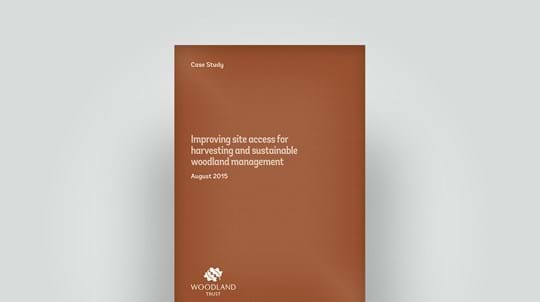
Case study
PDF (739 KB)
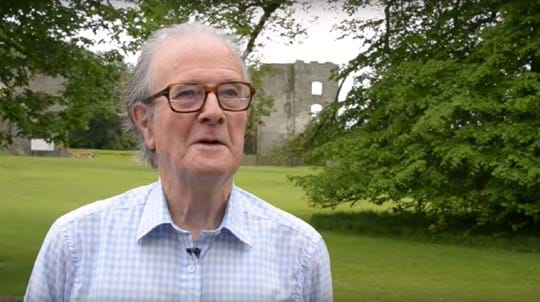
Video
00:05:20

Case study
PDF (2.21 MB)
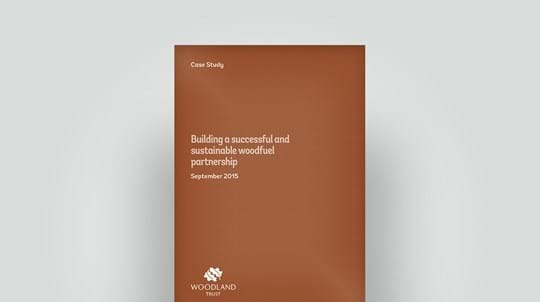
Case study
PDF (756 KB)
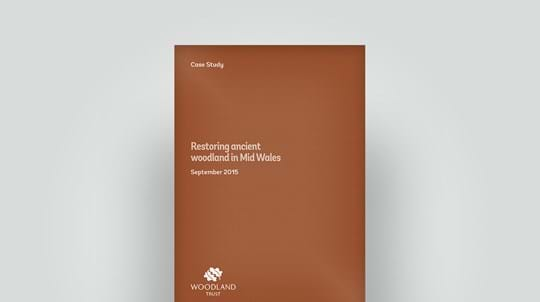
Case study
PDF (347 KB)